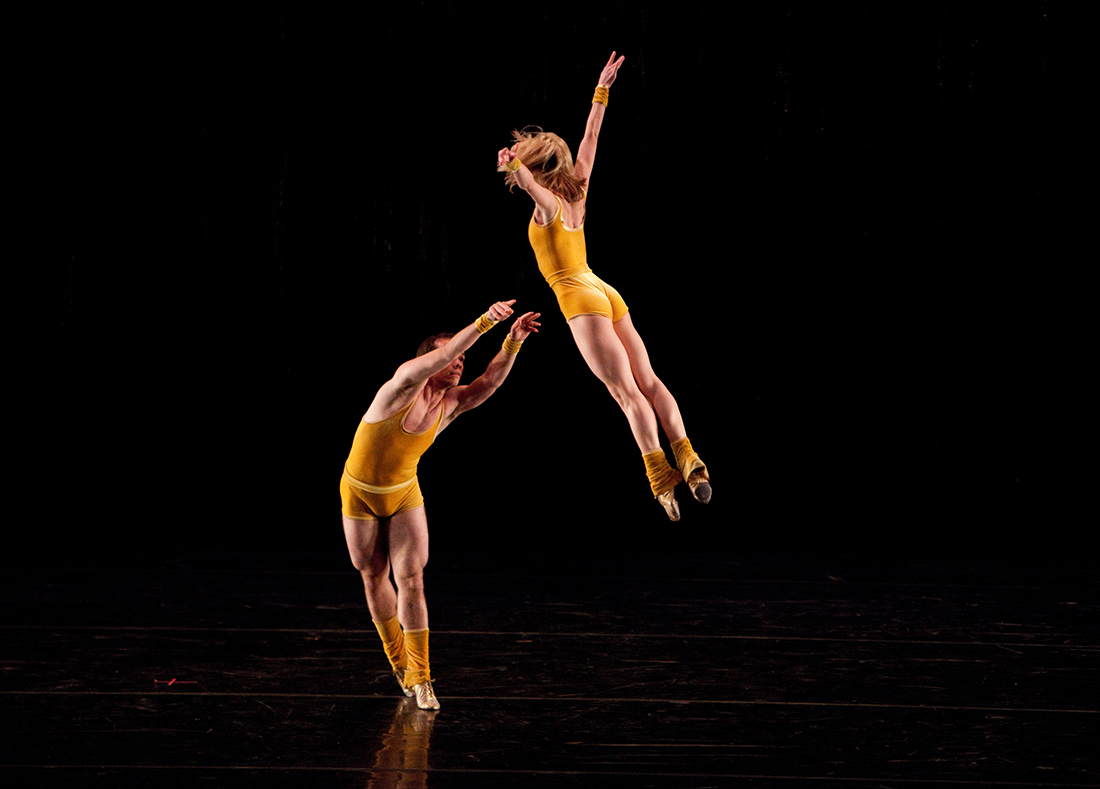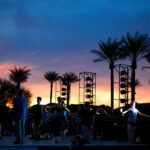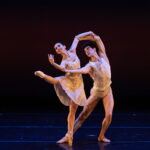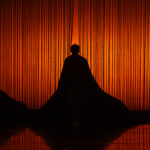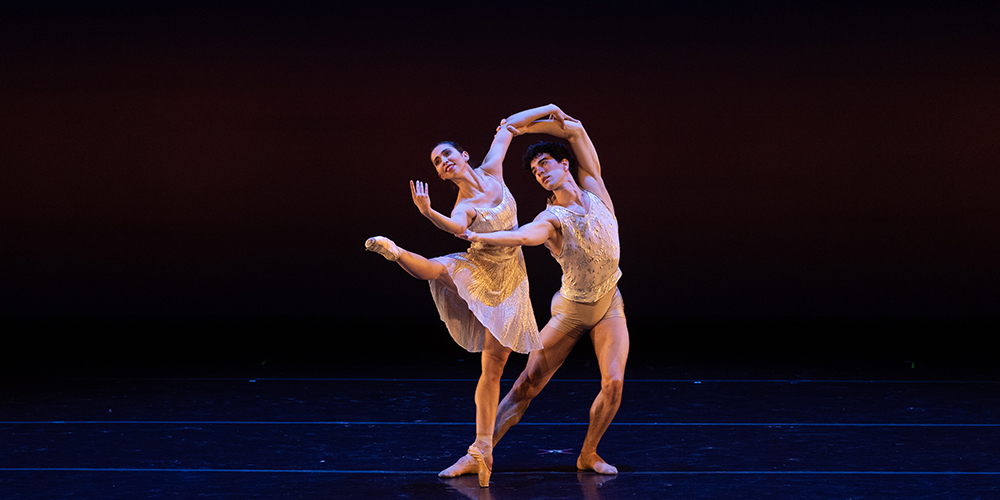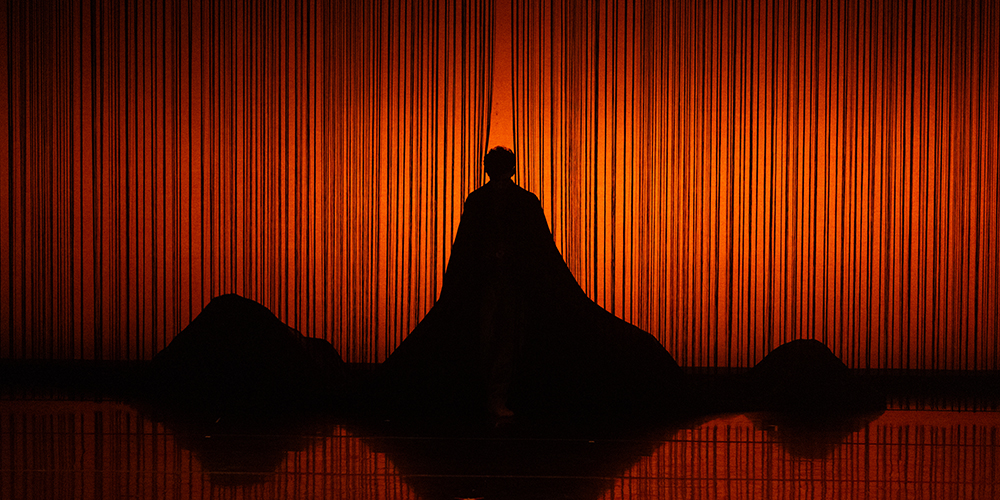Take a look at Ballet Arizona through the lens of world-renowned photographer, Rosalie O’Connor, and learn about the art of dance photography!
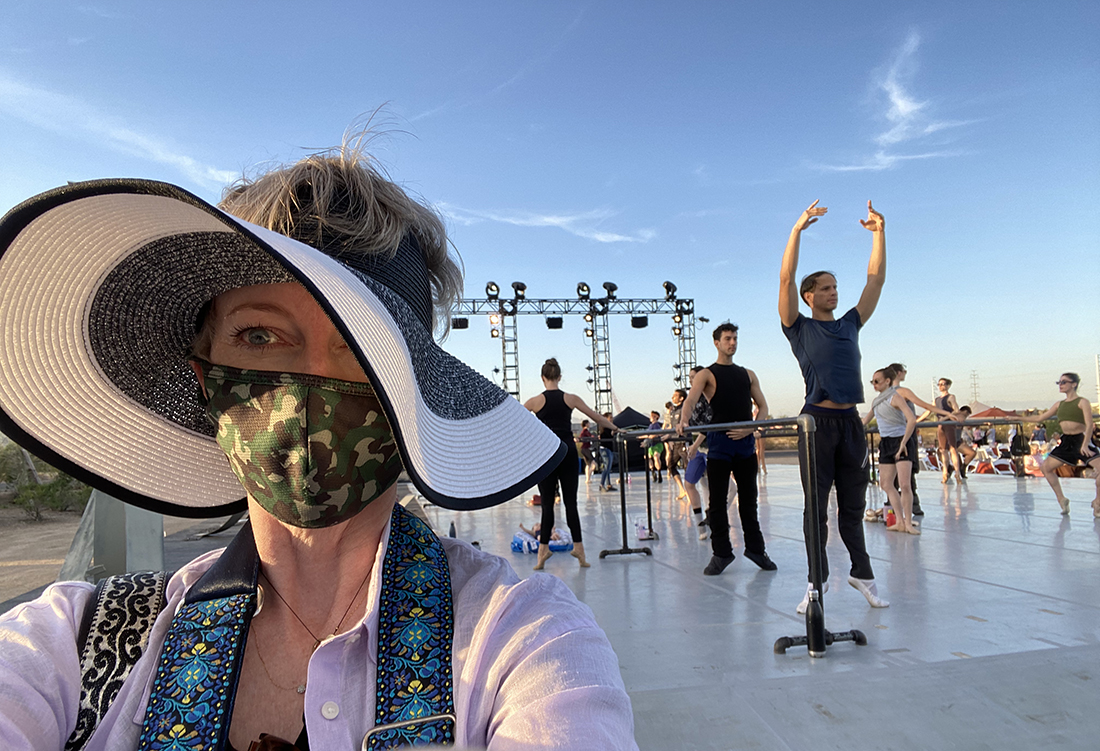
When did you start photographing for Ballet Arizona?
I first began photographing Ballet Arizona in February of 2005. I flew from New York City to Phoenix five times a year, for a decade, watching and documenting the company grow. Ib invited me to return in February of 2020, for his 20th anniversary as artistic director and to photograph his gorgeous production of A Midsummer Night’s Dream. This past March, amidst the pandemic, I was so grateful to be able to return and cover Ib’s newest creation, The Four Seasons, in the magical outdoor setting of the Desert Botanical Gardens.
What are you looking forward to photographing most for Ballet Arizona’s 2021-2022 season?
There are so many…
I photographed Justin Peck as he created In Creases at the New York City Ballet (NYCB) Choreographic Institute. Since then, I have photographed this fantastic work at several companies and can’t wait to see it danced by Ballet Arizona at the fall program Contemporary Moves. Then there is Ib’s Romeo & Juliet, which is simply gorgeous! I especially love the powerful ballroom scene he choreographed.
For All Balanchine, I love the ballet Slaughter on Tenth Avenue and the music! I have watched NYCB perform it, literally for years and saw Natalia Makarova in the Broadway production. I have photographed the ballet before and can’t wait to see it again. Then there is Bourrée Fantasque! When I joined American Ballet Theatre (ABT), one of the first roles I danced was in the last movement of Bourrée Fantasque. I photographed it a couple of years ago for the School of American Ballet Workshop and so many memories came flooding back. There is so much momentum and energy in this ballet!
Lastly, there is Juan Gabriel! I am so eager to see Ib’s brand new creation.
Do you prefer to photograph from the wings or the audience?
The wings, hands down! From the wings, you can see angles and shapes that aren’t seen in the same way from the front or audience perspective. There is an incredible intimacy, as well as an immediacy to photographing from the wings that I love. It’s also extremely challenging. I started there as a dancer, learning which angles worked best, and as a result, I always feel most at home photographing from the wings.
Do you have any advice on photographing dance?
Speaking for myself, it was incredibly advantageous, in every way, to have been a professional dancer that then segued into being a professional photographer specializing in dance. Of course, there are other ways too! My story is unusual. In the last six years of my career with American Ballet Theatre, I was invited to document the company from within, which was an extraordinary experience and became my training ground. Whenever I wasn’t dancing, I had a camera in my hand. I will be eternally grateful to my ABT colleagues who trusted and encouraged me.
Grasping and respecting the atmosphere that dancers reside in, both in the rehearsal studio and the theater, is paramount… as is becoming invisible in the wings! It’s important to not be a distraction to the dancers in any way.

Whenever you must move, move like a cat; gracefully and silently. Always wear all black in the wings, including long sleeves, head to toe. When I had long hair, I pulled that back too. Wear shoes that never make a sound and avoid wearing any jewelry that rattles or reflects light.
It’s critical to understand and fully appreciate your role in capturing a dancer’s career on film. “Still” photographs are sometimes the few tangible moments that ultimately survive, usually taken at 320th of a second. Later, you can hold a print of it and instantaneously transport yourself back to that exact moment.
I am self-taught as a photographer. I started taking ballet classes and performing in The Nutcracker at the age of 4. I picked up my family Kodak Instamatic camera at the age of 6 and started taking photographs. With each successive year that I danced, my dance library grew. I also had subscriptions to Ballet News and Dance Magazine, in addition to National Geographic and Ranger Rick. I was always completely absorbed by dance photography. I really studied the images and I read the minuscule credits, learning the dance photographers’ names. My advice regarding capturing dance is to be grateful to be let into this world. It is both important and very special.
For aspiring Photographers, do you mind sharing what gear you shoot with?
As I always say, I am all CANON, all APPLE, and all SHARPIE!! Here is a breakdown of the gear I usually use:
Camera bodies: Three 5D Mark III’s and one 5D Mark IV.
Lenses: 24-70mm 2.8 and 70-200mm 2.8. Whenever I am photographing from the back of the house, either at The Metropolitan Opera House or at Symphony Hall in Phoenix, I must bring my 300mm 2.8 lens.

